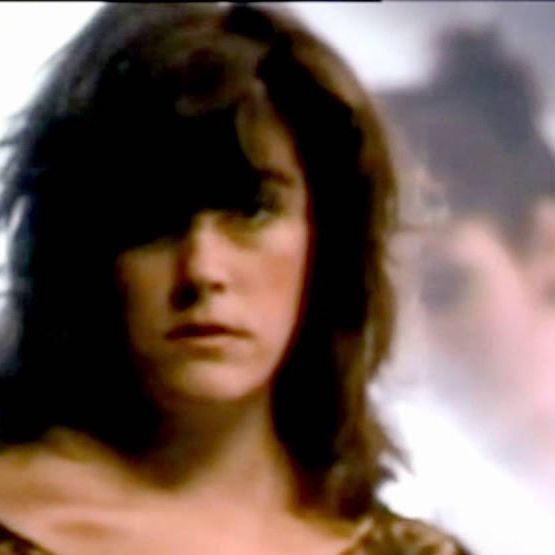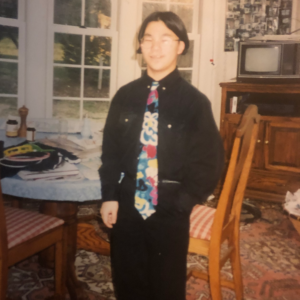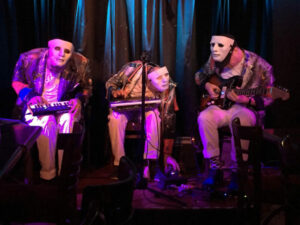Let’s take a trip back in time to the spring of 1984. Hair was big, pants were tight, Dallas was on TV every Friday evening, and two recording artists on either side of the Atlantic deployed a most unusual strategy – releasing two different versions of the same song within weeks of each other. It’s not unheard of for two or more versions of the same song to be released as singles in the same year — Trisha Yearwood and LeAnn Rimes both recorded versions of “How Do I Live” and released them on the same day in 1997 — but it’s pretty rare.
The song I’m referencing is “Self Control,” best known as a blast of slinky post-disco by Laura Branigan that became a top-10 hit around the world and hit #1 in nine countries, mostly in Western Europe. The Branigan version didn’t top the charts in Italy, however. That spot was reserved for the song’s co-writer, Italian singer/songwriter Raf, who released his own version just a few weeks after Branigan. The other songwriter behind the song was an Italian singer/songwriter named Giancarlo Bigazzi, who had co-written “Gloria” with singer Umberto Tozzi, who recorded the original version. Branigan’s cover was the song that propelled her to stardom in 1982. Another Bagazzi/Tozzi song, “Mama,” was featured on her second album, and a third, “Ti Amo,” on Branigan’s third album, appeared alongside “Self Control.” One could argue that Branigan owed much of her success to Bagazzi as “Gloria” and “Self Control” are her best-known and highest-charting songs. As for Raf, who wrote the song’s lyrics in English, his version of “Self Control” launched a highly successful career in Italy. It hit #1 in Italy and Switzerland and charted throughout Europe, his only single to do so.
But what fascinates me about this song isn’t its chart positions. It’s how the song’s tone changes when performed by singers of different genders. Raf’s version infuses its New Wave-y Eurodisco 2/4 thump with loneliness and nervous energy. His voice expresses the tension between the allure and the danger of the nightlife. He sounds frightened of what losing self-control would mean, but he cannot resist. Branigan’s arrangement is slower, slinkier, more menacing, more assured, more anthemic. The synths are more subdued, and an electric guitar lick adds a great effect. Her husky alto alternates between questioning and confident in the verses and the chorus. Branigan makes the song unmistakably more seductive, a quality further enhanced by its somewhat infamous William Friedkin-directed music video that was too hot for MTV before some minor edits. With its masks, writhing leotards, and grimily lit streets, one wonders how much inspiration Kubrick drew from it for his 1999 film, Eyes Wide Shut. There’s fear there, but there’s also excitement.
Both versions of the song are excellent. It’s one of the great songs of the 80s. Bust it out at your next karaoke night, and you’ll bring the house down. It’s so good that I’ve always wondered why no one’s attempted a cover, at least in English (post-Menudo pre-“Livin’ La Vida Loca” Ricky Martin did a Spanish-language cover, titled “Que Dia Es Hoy” in 1993). It could be arranged for ska, lounge, shoegaze, and other genres. Reigning Sad Disco Queen Dua Lipa would absolutely tear it to pieces, as would Sad Disco Queen (Swedish division) Robyn. It’s a rich text that suits any singer willing to commit to the song’s narrative. Who knows, maybe two different people will even release versions of it in the same month.





